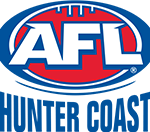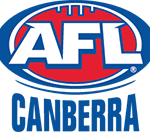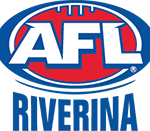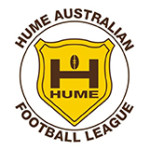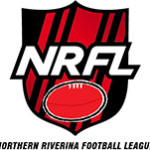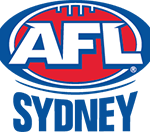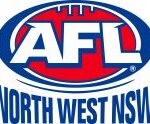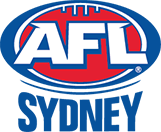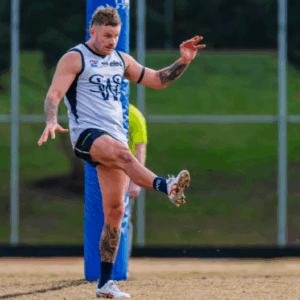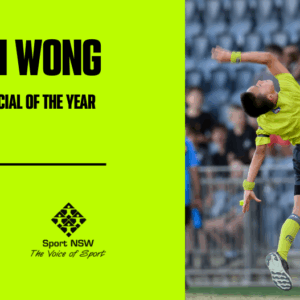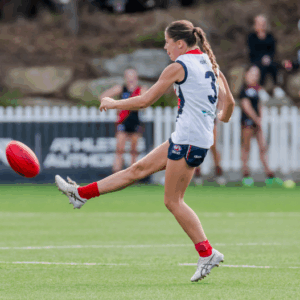Guidelines For Concussion Management In Community Football
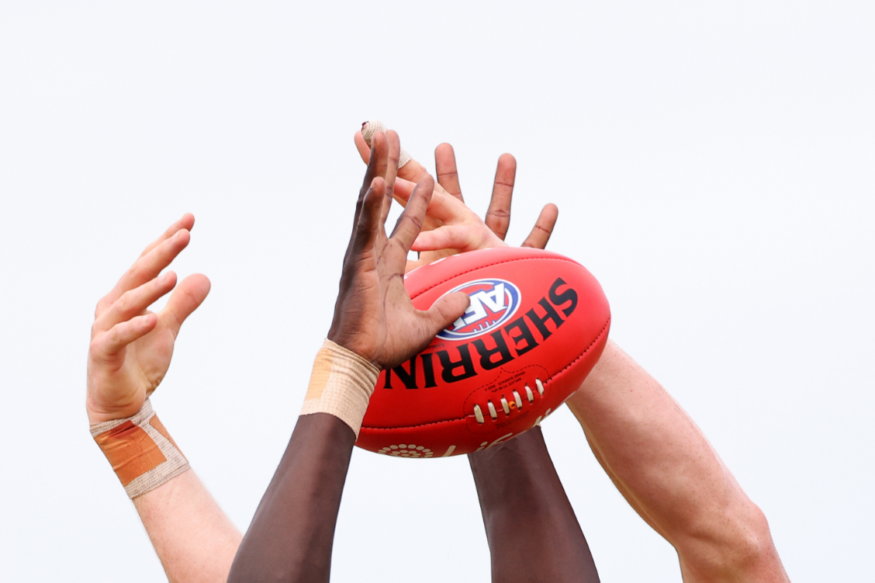
AFL releases guidelines for concussion management in community football
-
- Minimum 12-day post-concussion return period in addition to obtaining medical clearance
AFL makes two key concussion focused appointments
-
- Head of Concussion Innovation and Research – Assoc. Professor Catherine Willmott
- Head of Concussion and Healthcare Governance – Rachel Elliott
Guidelines for concussion management in community football
The AFL has released its updated guidelines for the management of concussion in Australian football at all levels of the game outside of the AFL and AFLW competitions for 2021.
In considering the best practice management of sport-related concussion, the evidence-based guidelines have been developed by leading medical professionals and put the health and safety of state-league and community footballers first.
Under the guidelines, there is a clear process to be followed for players who have suffered a concussion to return to play, which includes a period of rest, symptom-limited activity, gradual increase in physical activity and a medical clearance prior to full-contact training. The guidelines also outline the process for clubs and players to follow when someone is suspected of having suffered a concussion.
In following these guidelines, the minimum timeframe in which a player can return to play in community football is on the twelfth day after the day on which the concussion was suffered, based on successfully completing the phases to return to play following a concussion and receiving a medical clearance as outlined in the guidelines.
Given the challenges and limitations in assessing recovery, including a lack of baseline testing and a medical doctor to oversee each stage of the graded return to football following concussion in community football, a more conservative approach may be required regarding return to play in a community football setting.
The timeframe for return to play is likely to be longer in children and adolescents, where a more conservative approach is important as it is recognised that recovery from concussion tends to be slower in this group. Medical professionals will ultimately determine when a player is ready to return to full-contact training and playing.
Whilst there has been some focus recently on evolving diagnostic tools such as ophthalmic tracking (the further research of which the AFL supports), the guidelines make it very clear that all post-concussion return to play decisions must be undertaken with the input of a medical professional. Eye scan tools may be a useful tool to add objective information to the concussion assessment (both in diagnosis and / or monitoring return to play). However, further scientific research is required to assess the potential of this tool and it should not be used in isolation and a thorough assessment by a medical doctor is required for diagnosis or return to play decisions.
The existing guidelines were reviewed and the current updated version for community football has been prepared by the AFL’s Chief Medical Officer Peter Harcourt and Deputy Chief Medical Officer Michael Makdissi. The consultative process in the development of these guidelines included meeting with other medical experts and representatives of state bodies.
The release of the updated concussion guidelines for community football follows the release of the updated version for AFL / AFLW in January this year.
AFL General Counsel, Andrew Dillon, said: “The updated guidelines reflect the AFL’s ongoing commitment to the health and safety of all players at each level of the game. Concussion is a serious issue and we will continue to treat it as such.
“The updated concussion guidelines for community football represent a significant step in the AFL’s existing record of ongoing improvements to its concussion management strategy that reflect medical research and other learnings over time.”
AFL Chief Medical Officer, Peter Harcourt, said: “The focus must be on ensuring that players pass through each of the steps safely (i.e. rest, recovery and a graded return), without a recurrence of symptoms, rather than simply progressing through a schedule.
“A player who shows symptoms or any signs of concussion during a match or training must be removed from the field of play and assessed, and must not return to that match or training session. The next step is that the player must be assessed by a medical professional, then move through each of the steps in the guidelines, and finally receive medical clearance prior to returning to full-contact training.”
In general, children and adolescents (aged 5-17) require a more conservative approach from adults because their brains are developing. As such, the priority is not just player welfare and return to sport, but a critical element is return to school and learning.
The AFL-approved concussion management app HeadCheck (www.headcheck.com.au) should be utilised to recognise and assist in the management of any suspected concussion for both adults and children.
HeadCheck was developed in collaboration with the Murdoch Children’s Research Institute and a panel of sport-related concussion experts led by Professor Vicki Anderson.
The full document, ‘The Management of Sport-Related Concussion in Australian Football’, is available here.
AFL makes two key concussion focused appointments
Head of Concussion Innovation and Research – Assoc. Professor Catherine Willmott
Head of Concussion and Healthcare Governance – Rachel Elliott
The AFL has today announced the appointment of two key executives to lead development, research, education, innovation and governance of the AFL’s ongoing concussion strategy.
Head of Concussion Innovation and Research – Assoc. Professor Catherine Willmott
Currently Associate Professor within the Turner Institute for Brain and Mental Health, Monash University, and Program Deputy Lead of the Brain Injury & Rehabilitation theme, Assoc. Professor Willmott has led the Sports Concussion Research group, and the Concussion Research Stream within the Monash-Epworth Rehabilitation Research Centre.
Assoc. Professor Willmott brings to the AFL over 20 years of specific research experience in regard to current issues and approaches to better managing head trauma and concussion in contact sport.
The Head of Concussion Innovation and Research role will design and develop a multi-year research framework and action plan that will have national and international impact on prevention, identification and management of concussion in sport.
Assoc. Professor Wilmott will provide expert guidance to the AFL on research, new scientific technologies, policy and education to make recommendations on their relevance / implications / benefits to Australian Football.
The role will also oversee AFL funded concussion research projects, establish the strategic research pillars and monitor third party research project progress, evaluate ongoing quality of outcomes and their applicability to Australian football.
Head of Concussion and Healthcare Governance – Rachel Elliott
With over 25 years’ experience leading major projects in the public health sector that have resulted in policy and model of care change nationally and state-wide, Ms Elliott is an experienced project manager and senior partner joining the AFL from Monash Health.
Ms Elliott has developed and overseen the implementation of many strategic projects in the health industry, including working collaboratively with leaders across the health services to identify innovation opportunities and develop specific initiatives.
The Head of Concussion and Healthcare Governance role will be responsible for coordinating AFL policy response with respect to concussion and broader healthcare matters at the elite and community level including the ongoing review and update of the AFL’s Concussion Guidelines, match day regulations and other key documents that guide the AFL’s concussion strategy.
Ms Elliott will also help drive education at all levels of the game on protocols and procedures, assess and trial new and emerging technologies relevant to the identification and management of concussion and oversee the AFL’s broader healthcare Clinical Governance Framework.
Both roles will work closely with the AFL’s Game Development and Football Operations departments along with the 18 clubs.
AFL General Counsel and Executive General Manager Game Development Andrew Dillon said the appointments would only further strengthen the AFL’s commitment to concussion research and management.
“Rachel and Catherine bring over 45 years combined experience to the AFL and their appointments strengthen our prevention, identification and management of concussion in football.” Mr Dillon said.
“The health and safety of our players is of paramount concern to the AFL and we are committed to further research and investment in this area.
“The two appointments and dedicated roles complement our continued action in this space over recent years including the strengthening of the match-day protocols and amendments to the Laws of the Game to discourage high contact, we are also using technology that is embedded in the ARC to provide another mechanism to identify potential concussive incidents that would not have otherwise been detected.”
The AFL earlier this year released its updated 2021 AFL/AFLW Concussion Guidelines which will see players sidelined for at least 12 days if they suffer a concussion, a substantive increase on the minimum six days required under the previous guidelines and a reflection of the AFL’s ongoing commitment to the health and safety of all players.
Additionally, the AFL recently announced two major concussion related projects that will be undertaken across the 2021 Toyota AFL Premiership Season, including investing a further $1 million a year for 10 years into concussion-based research.
The studies are being conducted to better understand head trauma and how the industry can work to protect the health and safety of our participants.
Find further concussion materials on the AFL’s Concussion Management site.
